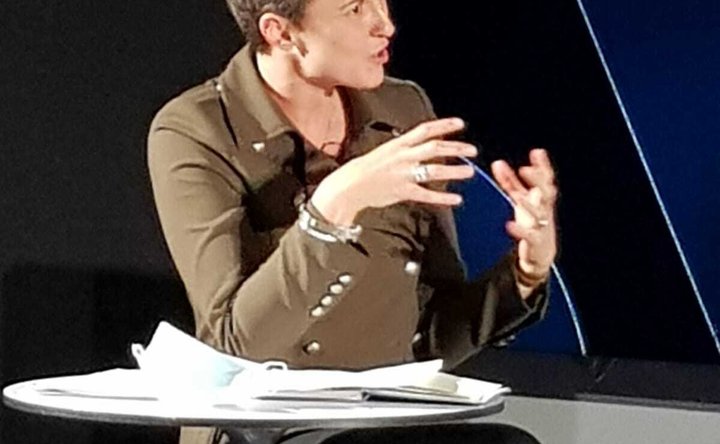French naval strategy delves down to seabed
Ulyx is one of two AUVs operated by French oceanographic research institute IFREMER. (Photo: IFREMER)
French defence minister Florence Parly unveiled a new Seabed Warfare Strategy (SWS) on 14 February 2022.
‘Truth be told, we have much better knowledge of the moon, located 300,000km from Earth, than of the depths of our oceans, more than 10km below the surface,’ Parly told the audience during the announcement.
While this may have been acceptable until a few years ago, rapid technological developments in autonomous submersibles and uncrewed underwater vehicles (UUVs) are posing new threats to countries’ economies, security and livelihoods.
The newly released SWS aims to address this important strategic gap in the French Armed Forces.
Already have an account? Log in
Want to keep reading this article?
More from Naval Warfare
-
![US Coast Guard enhances Arctic protection with a new Fast Response Cutter]()
US Coast Guard enhances Arctic protection with a new Fast Response Cutter
After commissioning, FRC Frederick Mann will operate in Alaska and perform multiple missions.
-
![US Coast Guard announces measures to further implement Force Design 2028 strategy]()
US Coast Guard announces measures to further implement Force Design 2028 strategy
The US Coast Guard (USCG) created new units, including five Programme Executive Offices (PEOs), to facilitate and speed up the procurement of new capabilities.
-
![Future of the US Navy’s Arleigh Burke programme remains unclear]()
Future of the US Navy’s Arleigh Burke programme remains unclear
The US Navy does not have a precise date for the award of the procurement contract for the third Arleigh Burke-class destroyer despite having the funds to advance with the programme in FY2025.
-
![US Navy may look to foreign suppliers to accelerate shipbuilding programmes]()
US Navy may look to foreign suppliers to accelerate shipbuilding programmes
The US Navy (USN) is currently reassessing its acquisition efforts and seeking ways to reduce the multiple delays across the shipbuilding initiatives.
-
![Italy orders two ships as work begins on others along with deliveries and updates]()
Italy orders two ships as work begins on others along with deliveries and updates
The Italian Navy is being refreshed with two new ships ordered, while in the past six months steel was cut for a new frigate, an enhanced frigate was delivered and Horizon-class frigates passed a design review.





















